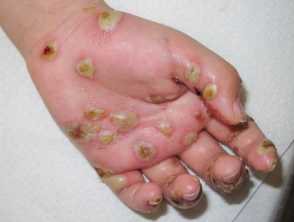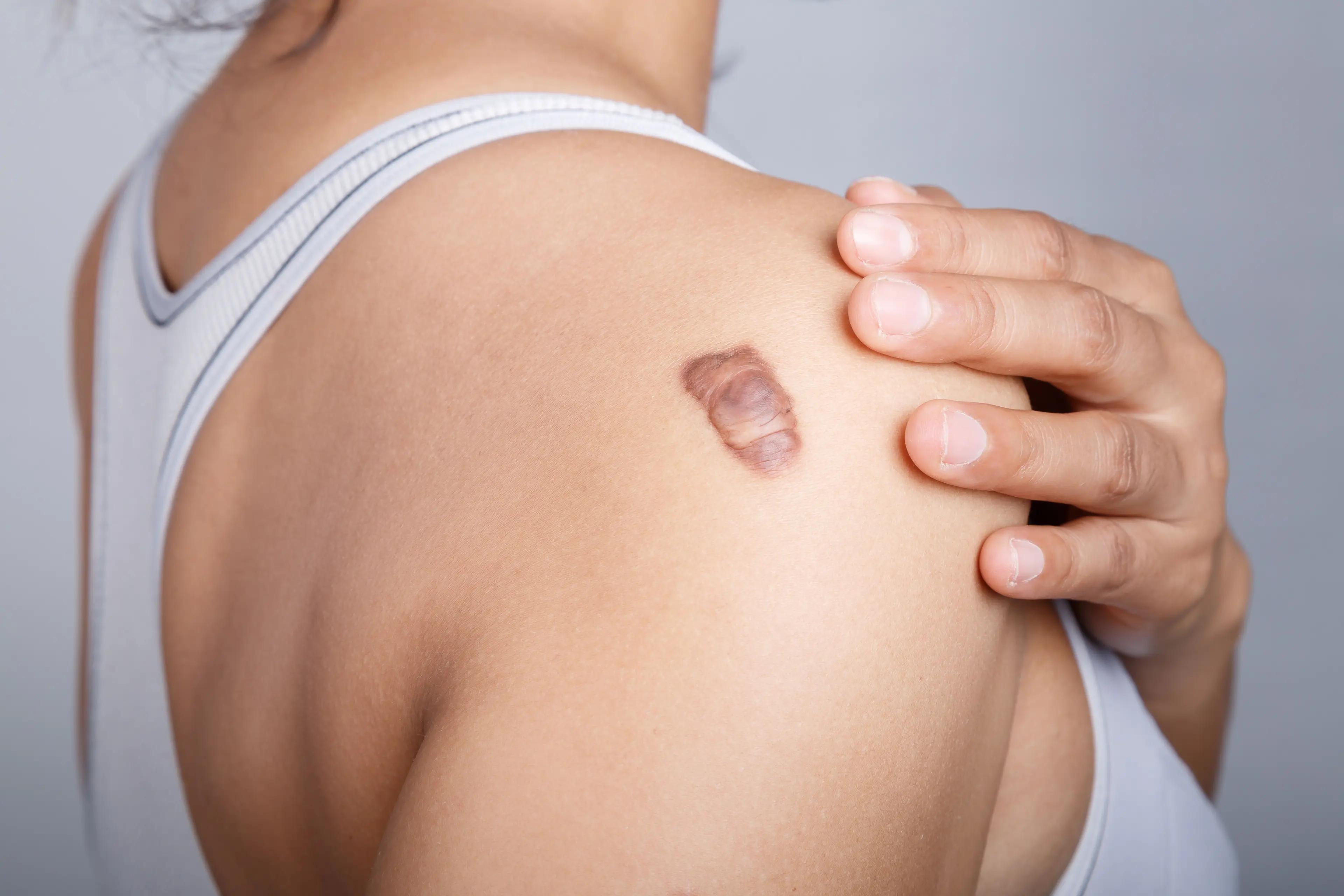- Case-Based Roundtable
- General Dermatology
- Eczema
- Chronic Hand Eczema
- Alopecia
- Aesthetics
- Vitiligo
- COVID-19
- Actinic Keratosis
- Precision Medicine and Biologics
- Rare Disease
- Wound Care
- Rosacea
- Psoriasis
- Psoriatic Arthritis
- Atopic Dermatitis
- Melasma
- NP and PA
- Skin Cancer
- Hidradenitis Suppurativa
- Drug Watch
- Pigmentary Disorders
- Acne
- Pediatric Dermatology
- Practice Management
- Prurigo Nodularis
- Buy-and-Bill
News
Article
Topical Permethrin Demonstrates Lack of Efficacy Compared to Benzyl Benzoate in Most Scabies Cases
Author(s):
In a comparative study, benzyl benzoate demonstrated superior efficacy in scabies cases, while topical permethrin exhibited a lack of effectiveness.
In a recent comparative study published in the British Journal of Dermatology, researchers found that benzyl benzoate 25% (BB) demonstrated superior efficacy and cure rates in cases of scabies, while topical permethrin 5% exhibited a lack of efficacy in most patient cases.1
The study represents the first known comparative study comparing BB 25% and permethrin 5% via a randomized, controlled, double-blinded trial. According to study authors Meyersburg et al, these findings are indicative of BB's role as an appropriate first-line therapeutic option for patients with scabies.
Since 2017, European guidelines for scabies management have involved the repeated application of either topical permethrin 5%, topical BB 10% to 25%, or systemic ivermectin dosed at 200 μg kg–1 body weight as first-line treatment. Globally, topical permethrin 5% and oral ivermectin are the most commonly-prescribed therapies.2
Patients aged 12 years and older presenting to an outpatient clinic in Salzburg, Austria, with clinical symptoms of scabies infestation, such as lesions or itch, between September 2022 and June 2023 were assessed. Upon assessment and confirmatory dermoscopic examination, patients were enrolled in the study.
Patients who were involved in pretreatment with at least 1 scabicide in the previous 3 weeks, who presented with crusted scabies, exhibited known hypersensitivity or allergy to the ingredients of BB emulsion or permethrin cream, or who were pregnant or breastfeeding were excluded from study participation.
Researchers collected relevant demographic and disease-specific information, including mite density on the hands and feet, prior use of antiscabietic pretreatments, number of relevant contact persons, age, and sex. Patient contacts were invited to undergo clinical examination or participate in the study, if desired.
Participants (n=110) were randomized to 1 of 2 treatment groups in a double-blinded manner. Patients received 3 60 g jars of either permethrin 5% cream or BB 25% emulsion. Participants were instructed to use a jar of the treatment each day, not exceeding 60 g per day, with instructions to apply it to dry skin in the evening, allowing it to soak in before covering with clothing.
They were advised not to shower until the evening of the third day or the fourth day of treatment. Oral and written instructions were provided, and participants were evaluated for therapeutic success after treatment. Those with persistent symptoms were re-evaluated.
Of the 110 patients, a significant number had received prior treatments, yet without significant success. Participants in the BB treatment group exhibited a significantly higher cure rate (87%) compared to participants in the permethrin group (27%).
Mild adverse events were reported in both groups, with BB showing slightly more burning or stinging sensations. There was a negative correlation between adverse events and mite density post-treatment, and a higher incidence of pruritus post-treatment, in the permethrin group.
Age showed a small but significant correlation with treatment outcome. The amount of scabicide used was similar in both groups, with most cases requiring less than the provided amount.
"These remarkable results further corroborate the validity of our research, which was designed in a sequential manner to shed light on current treatment recommendations. Younger patients were more prone to treatment failure, which was more apparent in the permethrin group," according to Meyersburg et al. "With regard to the current resistance to permethrin we reinforce our recommendation of two strictly weight-dependent doses of ivermectin or topical BB for 3 consecutive days as a first-line therapy for uncomplicated scabies. In addition, we propose an update of the current guidelines for the management of scabies based on the available evidence to ensure the continued validity of the recommendations."
References
- Meyersburg D, Hoellwerth M, Brandlmaier M, et al. Comparison of topical permethrin 5% vs. benzyl benzoate 25% treatment in scabies: a double-blinded randomized controlled trial. Br J Dermatol. Volume 190, Issue 4. April 2024. Accessed April 4, 2024. https://doi.org/10.1093/bjd/ljad501
- Salavastru CM, Chosidow O, Boffa MJ et al. European guideline for the management of scabies. J Eur Acad Dermatol Venereol. 2017. Accessed April 4, 2024.
Newsletter
Like what you’re reading? Subscribe to Dermatology Times for weekly updates on therapies, innovations, and real-world practice tips.







